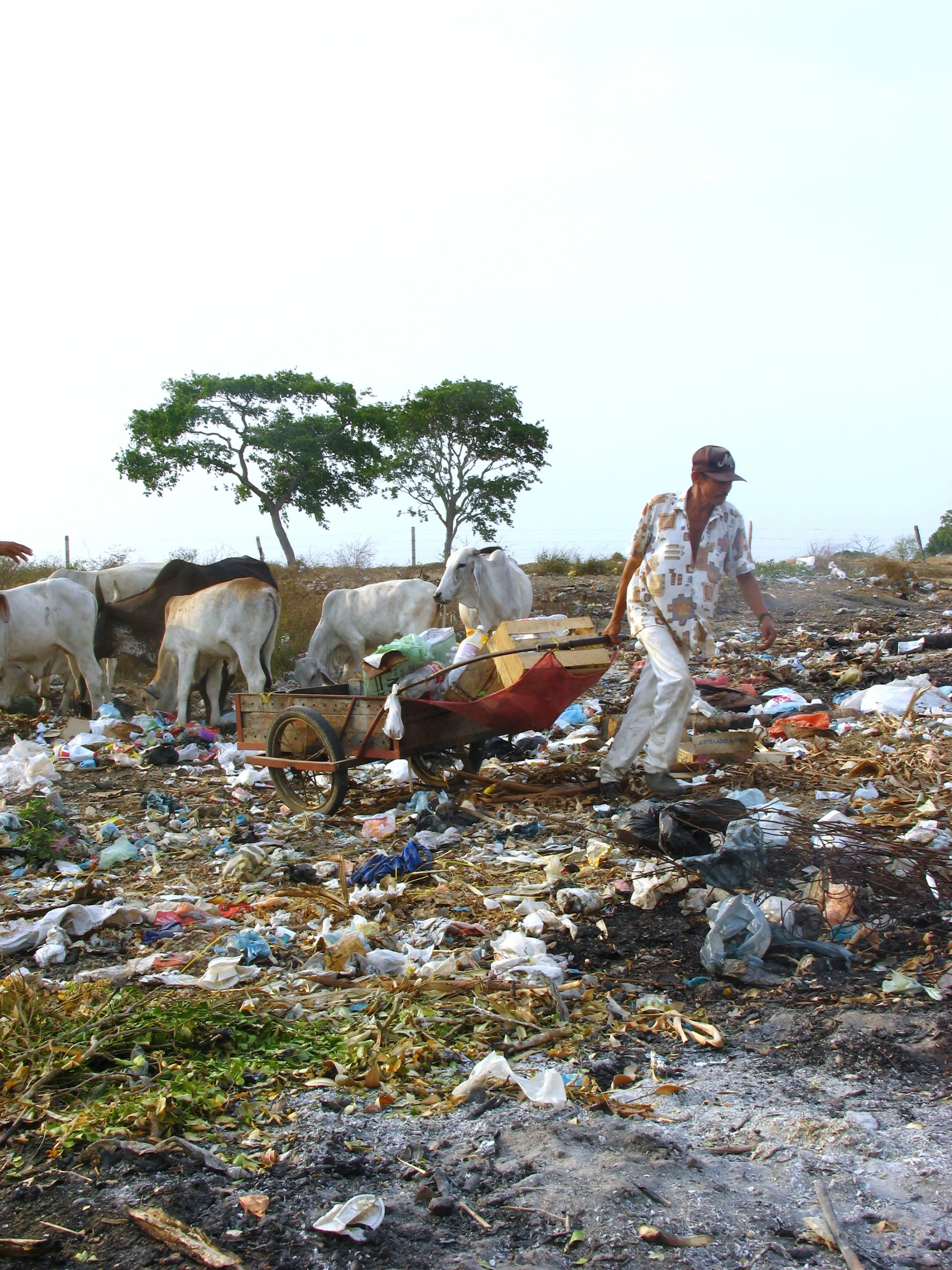Econutrition is an integrative approach to understand interactions between nutrition and the environment. Stable isotope techniques assess how food-based approaches improve diet quality and how nutrition status and health are influenced by poor environmental hygiene and sanitation, toxic elements, and changes in lifestyle.
Econutrition integrates environmental factors and human health, with a particular focus on interactions among the fields of agriculture, ecology and human nutrition. It includes food-based approaches to improve diet quality and dietary diversification.
A large proportion of the population in low- and middle-income countries still live in environments characterized by poor water, sanitation and hygiene conditions that contribute to growth retardation. The mechanism by which a dirty environment influences child growth is via adverse modification of intestinal integrity, with the result that nutrients may not be optimally absorbed and utilised for growth and other functions. This disturbance is referred to as environmental enteric dysfunction or environmental enteropathy, and is linked to the presence of abnormal gut bacteria. Further, poor hygiene and sanitation are linked to infection with Helicobacter pylori (H. pylori), which affects more than 50 per cent of the world’s population. H. pylori is located in the upper gastrointestinal tract. It can negatively influence nutrition by affecting the uptake of iron and zinc and by increasing susceptibility to diarrhoeal diseases. Beyond that, it is also a major cause of such stomach diseases as chronic gastritis, and elevates the risk of developing stomach cancer.
Other environmental factors negatively influencing child growth are food-borne toxins such as aflatoxin. It is produced by a fungus mainly in cereals and legumes, and it may be consumed in the diet of the mother or child. It can be transferred to the foetus through the placenta or to the baby through breast milk.
Increased urbanization also means changes in the built environment, in other words all the physical parts of where we live and work. This is associated with shifts in dietary practices and lifestyles with a leaning towards the consumption of more energy-dense, high-fat foods and reduced physical activity, which may cause obesity and carries and increased risk of non-communicable diseases.
The IAEA supports the application of stable isotopes to improve food-based approaches and to assess the effect of dirty environment, toxic elements and changes in lifestyle on nutritional status and health:
- Carbon-13 breath tests are non-invasive tools to measure gastrointestinal function and the absorptive capacity of the gut to diagnose abnormal gut function related to environmental enteric dysfunction.
- Urea Breath Test is used to detect infection with Helicobacter pylori (H. pylori).
- Stable isotope techniques measure absorption and retention of provitamin A, iron and zinc from fortified foods, or biofortified foods (accumulation of higher levels of minerals and vitamins during plant growth), or mixed diets, and protein bioavailability from plant foods. Therefore, they are useful for the design and evaluation of dietary diversification strategies.
- Accurate measurements of changes in body composition (lean and fat mass) and total energy expenditure can be used to inform the design and improvement of lifestyle interventions aimed at prevention and control of obesity and related health risks.
- The effect of toxic elements such as aflatoxin on body composition can be assessed.
The principle of the carbon-13 urea breath test
Using nuclear techniques to detect Helicobacter pylori infection
- The person drinks urea labelled with a stable carbon isotope (13C) that is dissolved in orange juice or citric acid, to make sure it coats the entire surface of the stomach, thereby improving the test’s accuracy.
- H. pylori can survive in the acid conditions of the stomach, because it produces large amounts of the enzyme urease.
- When urea labelled with carbon-13 reaches the environment of the stomach, urease hydrolyses the urea to produce 13C-labelled carbon dioxide (13CO2) and ammonia (NH3). The ammonia helps to neutralise the acid.
- The labelled CO2 quickly enters the blood and is carried to the lungs, where it is excreted in the breath. The enrichment of 13C in breath CO2 within 30 minutes is an indication of the presence of Helicobacter pylori in the stomach.




